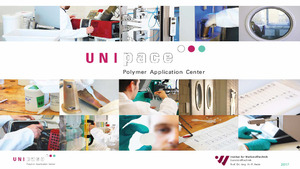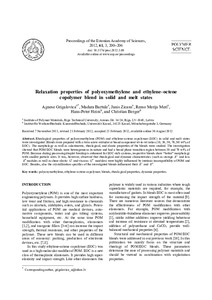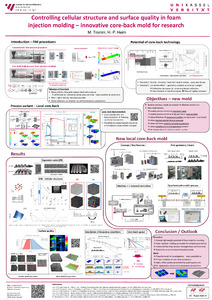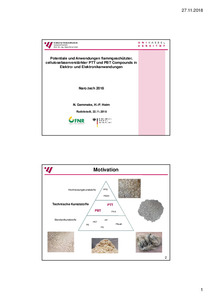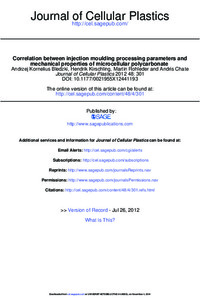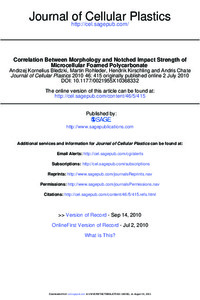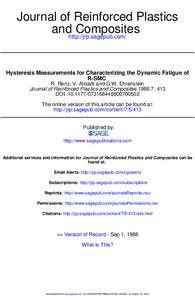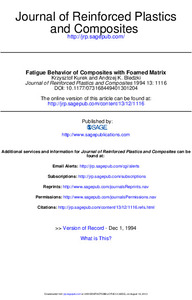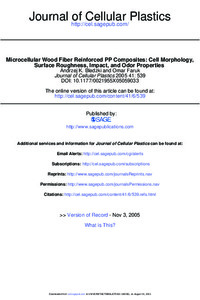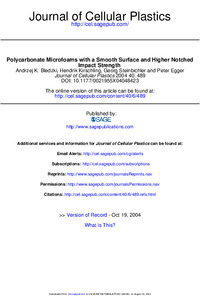Suche
Anzeige der Dokumente 1-10 von 49
Aufsatz

 Relaxation properties of polyoxymethylene and ethylene–octene copolymer blend in solid and melt states
Relaxation properties of polyoxymethylene and ethylene–octene copolymer blend in solid and melt states
(2012-08-30)
Rheological properties of polyoxymethylene (POM) and ethylene–octene copolymer (EOC) in solid and melt states were investigated. Blends were prepared with a twin screw extruder at broad component wt-to-wt ratios (10, 30, 50, 70, 90 wt% of EOC). The morphology as well as calorimetric, rheological, and elastic properties of the blends were studied. The investigation showed that POM/EOC blends were heterogeneous in nature and had a broad phase transition region between 30 and 70 wt% of POM. Because during processing ...

